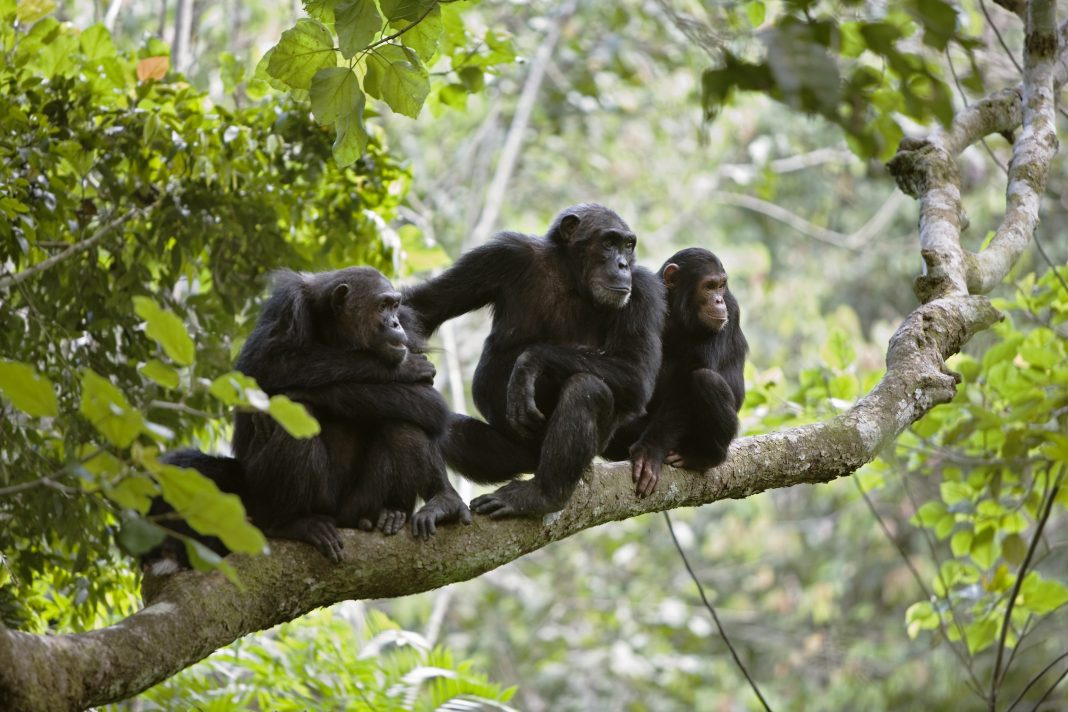Researchers say they have solved a 100-year-old mystery about the evolutionary links between malaria parasites that infect humans and chimpanzees. They discovered that the parasite, Plasmodium malariae, one of six species that spreads malaria among humans, originated in African apes before evolving to infect people. While it is often associated with mild disease, if untreated P. malariae can cause long-lasting, chronic infections that may last a lifetime, according to the scientists.
The team published its study, “Zoonotic origin of the human malaria parasite Plasmodium malariae from African apes,” in Nature Communications.
“The human parasite P. malariae has relatives infecting African apes (Plasmodium rodhaini) and New World monkeys (Plasmodium brasilianum), but its origins remain unknown. Using a novel approach to characterize P. malariae-related sequences in wild and captive African apes, we found that this group comprises three distinct lineages, one of which represents a previously unknown, highly divergent species infecting chimpanzees, bonobos, and gorillas across central Africa,” the investigators wrote.
“A second ape-derived lineage is much more closely related to the third, human-infective lineage P. malariae, but exhibits little evidence of genetic exchange with it, and so likely represents a separate species. Moreover, the levels and nature of genetic polymorphisms in P. malariae indicate that it resulted from the zoonotic transmission of an African ape parasite, reminiscent of the origin of P. falciparum. In contrast, P. brasilianum falls within the radiation of human P. malariae, and thus reflects a recent anthroponosis.”
“Among the six parasites that cause malaria in humans, P. malariae is one of the least well understood,” noted lead author Lindsey Plenderleith, PhD, of the University of Edinburgh’s School of Biological Sciences. “Our findings could provide vital clues on how it became able to infect people, as well as helping scientists gauge if further jumps of ape parasites into humans are likely.”
Origins of the evolutionary puzzle
The evolutionary puzzle has its origins in the 1920s when scientists identified chimpanzees infected by parasites that appeared identical to P. malariae under a microscope. It was thought both parasites belonged to the same species, but, until now, this could not be verified as the genetic make-up of the chimpanzee strain had never been studied.
Now, scientists at the University of Edinburgh, in collaboration with colleagues at the University of Pennsylvania, are studying the parasites’ DNA. They have found that there are, in fact, three distinct species. One species (P. malariae) infects mainly humans, while the two others infect apes.
One of the two ape-infecting parasites was found in chimpanzees, gorillas, and bonobos across Central and West Africa. This previously unknown species is only distantly related to the human parasite.
The other ape parasite is much more closely related to the one that infects humans. Knowing this enabled researchers to make detailed comparisons of the genetic diversity of the two species. This revealed that the human malaria parasite population went through a genetic bottleneck, where its population temporarily shrank and most of its genetic variation was lost.
A likely explanation for this is that P. malariae was originally an ape parasite, but a small number of parasites switched hosts to begin infecting humans, the team said.


